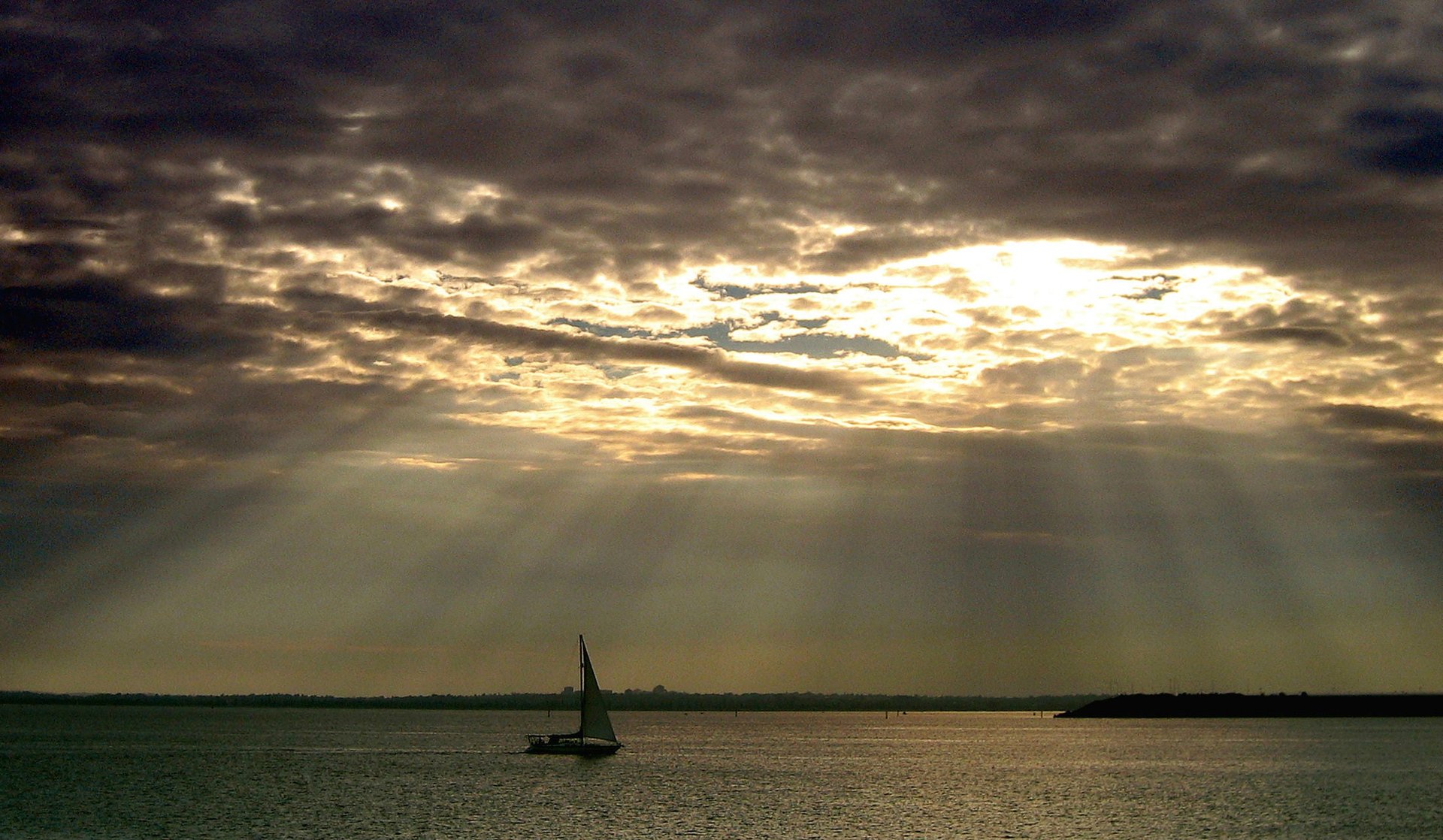Celebration over a shrinking ozone hole may have been premature
In 2016, environmental scientists celebrated victory in an almost-two-decade battle. The stratospheric ozone layer—a blanket of molecules made up of three oxygen atoms that protect the planet from some of the sun’s ultraviolet rays—was finally rebounding. It seemed like international collaboration had paid off: The Montreal Protocol, a multilateral treaty that restricted the problematic chemicals that were putting holes in the ozone around the poles, seemed to be working, and the layer was bouncing back.


In 2016, environmental scientists celebrated victory in an almost-two-decade battle. The stratospheric ozone layer—a blanket of molecules made up of three oxygen atoms that protect the planet from some of the sun’s ultraviolet rays—was finally rebounding. It seemed like international collaboration had paid off: The Montreal Protocol, a multilateral treaty that restricted the problematic chemicals that were putting holes in the ozone around the poles, seemed to be working, and the layer was bouncing back.
But maybe scientists spoke too soon.
Ozone is like real estate: Location is everything. There’s some ozone present in the troposphere, the air around us, but it’s generally a bad thing when it’s down here. It’s the main component of smog, detectable to humans via a burnt, acrid smell. But in the air roughly six to nine miles (10 to 15 km) above us, it’s life-sustaining. It’s essentially an all-organic sunscreen that prevents the most dangerous of the sun’s ultraviolet rays from reaching the planet—and us. Without it, we’d see much higher rates of skin cancer, and crop failures globally.
A paper published (paywall) Feb. 6 by a team including researchers from NASA and the National Oceanic and Atmospheric Administration found the Montreal Protocol has been working. Their work analyzed the large, middle part of the planet as opposed to just the poles, where the vast majority of us live. It slowed the decline of the ozone from 5% between 1970 and 1988 to just 0.5% from 1988 and 2016, and it regenerated the ozone near the North and South poles. But that improvement hasn’t stopped the ozone layer’s dip entirely. There has been a slight uptick of ozone in the air closest to the Earth’s surface (probably from pollution), and a decrease of ozone in the closest layer of the stratosphere.
“This is surprising, because we would have expected to also see this [region’s ozone] stop decreasing,” William Ball, a researcher in atmospheric physics at ETH Zürich and lead author of the paper, told Scientific American. What’s worse, it’s not totally clear why the stratospheric ozone keeps withering away, which means it’ll be harder for scientists to stop or reverse this trend.
At the moment, Ball told Scientific American, there’s no reason to panic. In total, the protective ozone of our planet is stable. But other scientists are concerned about what may happen if humans don’t ramp up environmental regulation to protect this atmospheric layer.
“This study is scary,” Bill Laurence of James Cook University, who is unaffiliated with the study, told Cosmos magazine. “Until we understand what’s really happening you’d be silly to sun yourself, except in polar regions…We might be entering the age of the unfailing sunburn.”